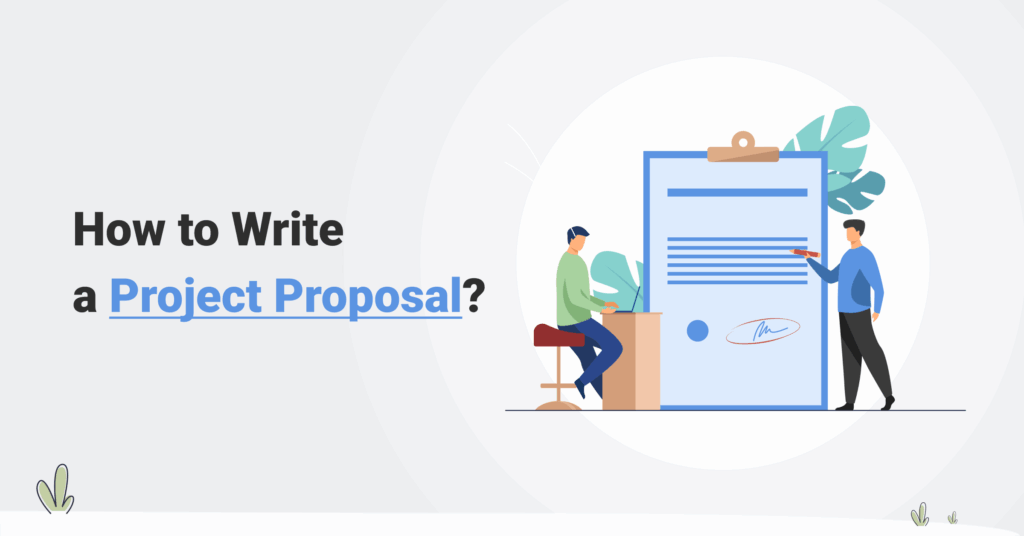Table of Contents
How to Write a Winning Project Proposal in 2025?
Modern proposals put the client’s needs first. Rather than starting with a generic company intro, top proposal writers begin by demonstrating an understanding of the client’s problem and objectives. For example, a breakdown of a successful McKinsey consulting proposal showed that including a “data-driven client-first section” (with research and insights about the client’s situation) is considered best practice. By confidently stating the client’s challenges (supported by facts) and then linking your solution to those challenges, you immediately build trust. This approach makes it “as easy as possible for the client to say yes”. In 2025, whether you’re a freelancer or part of an enterprise team, a winning project proposal is client-focused, data-informed, and efficiently produced. Below, we break down the latest guidance on proposal writing, from structure and content, to expert tips, software tools, templates, and success metrics, all backed by recent sources.What is a Project Proposal in Business?
A project proposal is a structured document used by businesses especially agencies, consulting firms, and IT teams to outline the scope, objectives, deliverables, timeline, and estimated costs of a planned project. Unlike internal memos or meeting briefs, project proposals are externally-facing business instruments. They are created to secure client buy-in, define mutual expectations, and serve as a precursor to contracts and project launch. In project management platforms like Avaza, proposals are built to be more than PDFs. They’re modular, client-approvable, and integrated into a larger project lifecycle that includes tasks, time tracking, and invoicing. Proposals commonly serve as the first tangible deliverable in client engagements such as:- Website design and development briefs
- Marketing campaign rollout plans
- Software feature implementation roadmaps
- Strategic consulting engagements
- Event planning packages
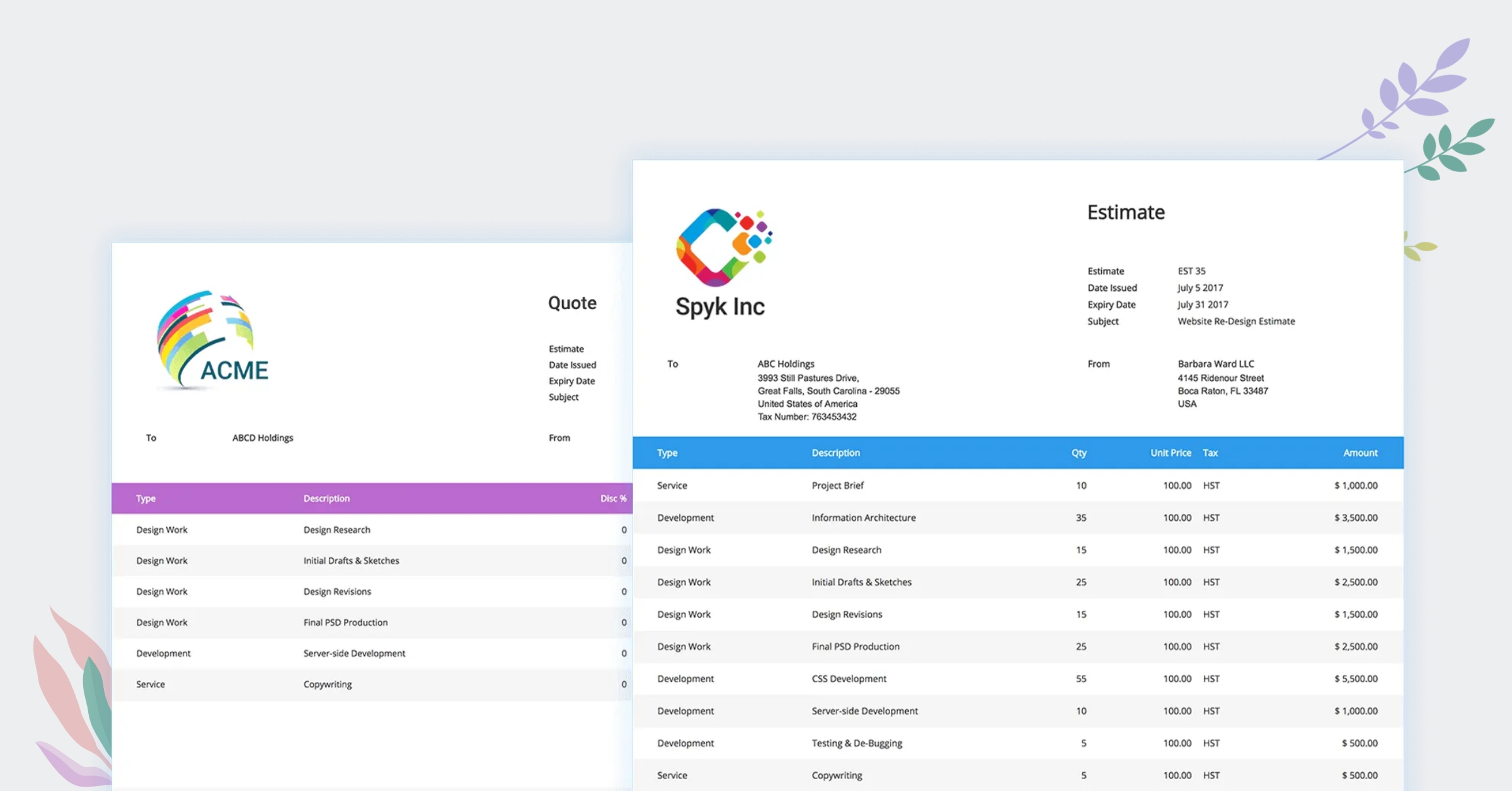
- Title Page or Cover Letter: A neat, informative title page (or a brief cover letter) that introduces the project and your company. Keep it professional by including project name, client name, your name/organization, and date. If using a cover letter format, keep it short and use it to thank the client for the opportunity, express enthusiasm, and provide a 1–2 sentence summary of your proposed solution.
- Executive Summary: A concise overview touching on the client’s goals or problem and your proposed solution. This section should be custom to each client as it will summarize the key objectives they want to achieve and the value you will deliver, in plain language. Aim for a few paragraphs at most. Even if the client only skims the proposal, this summary should communicate why you’re the right choice.
- Client Needs or Project Background: Briefly describe the context and the problem to be solved or opportunity to be seized. Show that you get it. For example: “[Client] is experiencing X challenge, causing Y impact. They seek to achieve Z outcome.” This may echo what the client stated in an RFP or conversation, but rephrasing it demonstrates understanding.
- Proposed Solution and Project Approach: This is the core of your proposal. Detail what you are going to do and how. Describe the solution you’re offering and how it addresses the specific needs stated above. Break it down into a methodology or process (for example, phases or steps if it’s a project plan). Keep it reader-friendly by using sub-bullets or numbered phases. Ensure you cover all requirements the client mentioned. If the client provided an RFP with a scope of work, mirror their language and order so they can easily see you’ve covered everything.
- Deliverables and Scope: Clearly state what you will deliver. This can be integrated with the solution section or separate. List the tangible outputs or outcomes (e.g. “a 50-page research report and a 1-hour presentation”, or “a new website with 5 template pages”). Be explicit about the scope to prevent misunderstandings. It can help to also note what is “not” included (if relevant) to set boundaries. A well-defined scope makes it easier for stakeholders to approve and for you to execute without scope creep.
- Timeline and Milestones: Provide a timeline for the project with key milestones or phases. When will the work start and finish? When will interim deliverables or reviews occur? Present this as a simple schedule or table. Clients value realistic timelines, so don’t over-promise on speed. If there are external deadlines driving the project, show you’ve accounted for them. Also mention any assumptions (e.g. “Timeline assumes feedback within 2 business days at each review point.”).
- Pricing and Budget: Outline the project cost and payment terms. It’s often smart to separate the pricing section from the main solution narrative. Let the client fully absorb the solution value before they see the price tag. Clearly itemize costs (e.g. fees, materials, licenses) and what each covers. If appropriate, provide options (such as tiered packages or optional add-ons) to anchor the price range. Ensure the pricing matches the scope described. Include payment schedule and terms, for example, deposit up front, progress payments, or payment on completion.
- About Us (Qualifications): Briefly introduce who will do the work and why your team is qualified. This is where you can highlight relevant experience, credentials, past project successes, and even awards or certifications. Focus on what’s relevant to this client and project as the goal isn’t to brag about everything you’ve done, but to “mitigate any concerns the client may have” by showing you’ve done similar work successfully. Bullet points of 2-3 key credentials or a short paragraph is usually sufficient. You can also include a client logo or two from past projects (if permitted) or a short testimonial here for social proof.
- Appendices (if needed): In some cases, you might attach supporting information like detailed resumes, full case studies, technical schematics, legal terms, etc. Only include appendices if they were requested or if they provide value in decision-making. Keep the main proposal body focused and uncluttered (extra data can go in the appendix). For most small proposals, an appendix isn’t necessary.
- Call to Action and Next Steps: Conclude the proposal with a clear call to action. Explain what the next step is. Ffor instance, “We are happy to discuss any questions and adjust scope as needed. If everything looks good, you can approve the proposal by signing below or replying ‘Accepted’ to this email. Once approved, we will schedule a project kickoff meeting on [Date].” Make it easy for the client to respond and say “yes.” If you’re using proposal software, this might be where the e-signature line is included (and in 2025, clients appreciate the convenience of one-click signing). Reiterate your enthusiasm to work together. A courteous thank-you goes a long way.
How to Write a Project Proposal Step-by-Step? 7 Steps
Winning proposals tend to follow a logical flow addressing key questions:- What problem are we solving?
- How will we solve it better than others?
- Why should the client trust us?
- Problem first.
- Solution second.
- Proof third.
- Investment last
- Define the Project Brief: What’s the problem or opportunity? Keep it client-focused and tie it to outcomes they care about.
- Align on Goals & Objectives: Specify what success looks like, using measurable outcomes whenever possible.
- Outline the Scope of Work: List what’s included and what’s not. This prevents assumptions and misalignment later.
- Create a Realistic Timeline: Break the project into phases or deliverables, with expected durations or milestones.
- Price It Transparently: Detail your pricing structure (hourly, flat fee, retainer) and any assumptions.
- Introduce Your Team (Optional): Add bios or credentials of people leading the work. This builds trust pre-signoff.
- Clarify the Next Step: End with a CTA like “approve the proposal”, “schedule a call”, or “sign electronically”.
- Does it answer the client’s “why now”?
- Are all deliverables clearly defined?
- Is the budget defensible and scoped?
- Is the language client-friendly, not internal jargon?
- Have you included a clear CTA?
What Makes a Project Proposal Persuasive?
A persuasive proposal doesn’t just explain the what, it sells the “why now”. Whether you’re a freelancer or a full-stack agency, your proposal should make the client feel confident, understood, and excited to say yes.The CLEAR Framework for Persuasive Proposals
Use this 5-part CLEAR framework checklist before you hit “Send”: C – Clarity: Avoid jargon. Every sentence should add value. State the problem, solution, and result plainly. L – Logic: Use structured reasoning. Why this approach? Why now? Link your method to the client’s business outcomes. E – Emotion: Signal empathy and stakes. Use the client’s language and tie the solution to impact (“free your team’s time,” “win more leads”). A – Action: Make next steps obvious and frictionless. Include one clear CTA. R – ROI: Quantify expected value where possible (e.g., “Saves ~8 hours per week,” “30% faster delivery”). 📝 Example ❌ “We offer marketing automation services.” ✅ “We’ll reduce your lead-nurture workload by 12+ hours a month using a HubSpot-based automation system, tailored to your campaign logic.”How Long Should a Project Proposal Be?
There’s no universal “perfect length” for a proposal, only what’s right for the decision at hand. A good rule to follow is to make the proposal as short as possible, but no shorter than necessary to establish trust and clarity. Here’s a quick guide based on industry norms and project complexity:Ideal Proposal Length by Use Case
| Project Type | Typical Length | Why |
| One-off design task or audit | 1–2 pages | Client already sold on you; just needs scope + cost |
| Mid-size campaign or website | 3–5 pages | Mix of narrative, scope, timeline, and pricing |
| Retainers or long-term contracts | 6–10 pages | Includes onboarding, monthly deliverables, team roles |
| IT / software build-outs | 10–15 pages | Requires architecture diagrams, dependencies, detailed budget |
| Internal proposals (e.g., IT to finance) | 1–3 pages | Executive summary, ROI case, minimal delivery detail |
How Should a Project Proposal Be Structured?
A well-structured project proposal doesn’t just look professional, it moves the reader smoothly from insight to agreement. The structure guides how clients absorb value, reduce objections, and feel confident in saying “yes.”Ideal Project Proposal Structure (Top-Down Flow)
Here’s a proven structure used by agencies, consultants, and service firms.- Title Page
- Project name, client name, your brand logo/contact info
- Executive Summary
- Why this project matters, in 2–3 scannable paragraphs
- Project Background (optional)
- Context, pain points, or insight framing
- Goals & Objectives
- Define what success looks like
- Scope of Work
- Detailed breakdown of inclusions
- Timeline & Milestones
- Visual timeline or milestone table
- Team Introduction (optional)
- Who’s delivering what
- Investment / Budget
- Pricing model + assumptions
- Terms & Conditions
- Legal, payment, revisions
- Next Steps
- Client approval prompt, sign-off, or contact button
Project Proposal Writing Best Practices for Freelancers, Agencies, and Enterprise Teams
Different contexts call for different proposal strategies. A one-person freelance web designer, a mid-size creative agency, and a large consulting firm all write proposals but with distinct nuances. Here’s how proposal best practices vary across freelancers, agencies, and enterprise teams (IT, consulting, creative services).Freelancers and Independent Contractors
For freelancers, agility and personalization are key. You’re often bidding against many others (especially on platforms like Upwork or Freelancer), so you need to stand out quickly. Upwork’s own resource center advises: “The key to a winning job proposal is to customize your approach, highlight your skills, and understand client needs.” In practical terms:- Customize every proposal. Avoid one-size-fits-all templates or copy-paste jobs (clients can tell). Read the client’s project description carefully and address their specific requirements in your proposal. Reference their company or project details to show it’s not a generic bid.
- Lead with value and results. As a freelancer, your proposal is often effectively a cover letter plus maybe a brief project plan. In your opening lines, mention a relevant result you’ve achieved or a particular insight into the client’s problem. E.g., “Having designed UX for a similar fintech app that improved conversions by 20%, I’m confident I can craft an intuitive design for your product.” This grabs attention by focusing on outcomes.
- Keep it short and sweet. Clients (especially on freelance platforms) may be reading dozens of proposals. Aim to communicate your main pitch in just a few short paragraphs. Bullet points can help summarize your offer or process. For example, list 3 key things the client will get if they hire you.
- Show your personality (professionally). One advantage freelancers have is the ability to be a bit more personal to build a relationship. Write in a friendly but professional tone.
- Express enthusiasm for the project and confidence in your abilities, without coming across as arrogant or, on the flip side, desperate. Clients appreciate authenticity. Just focus on how you can help them, not on why you need the job.
- Include a portfolio or samples. Freelancers in creative or content fields should always include a few relevant work examples or a link to a portfolio. If you have testimonials from past clients, you can weave one in (“Client X said…”) or attach it. Social proof can reassure clients who don’t know you yet.
- Flexible but clear terms. Be clear about your pricing (fixed fee or hourly, what it covers) and timeline. However, be prepared to be flexible as many freelance clients might negotiate scope or budget. Indicate openness to discussion if appropriate. Still, protect yourself by defining deliverables and including any terms (e.g., number of revisions included) in writing.
Agencies (Consulting, Creative, Digital, etc.)
For agencies (whether creative studios, marketing firms, or consulting boutiques) proposals are often more involved, since the deals are larger and more stakeholders are weighing in. Here, demonstrating value and differentiation is paramount:- Emphasize proposal quality to improve win rates. It’s reported that agencies might pitch 20–30 times to land one major client. To improve this ratio, the quality of each proposal must be top-notch. Agencies should avoid sending out boilerplate PDFs with just a logo swap. Instead, invest time in customizing each proposal to the client’s industry and goals, and use compelling formats.
- Use case studies and ROI metrics. Agencies have the advantage of a track record with multiple clients. Leverage that. Include mini case studies or results snippets relevant to the proposal. For example, if a marketing agency is pitching a new client on managing their ad campaigns, the proposal might show a past client example: “Delivered 150% ROAS (Return on Ad Spend) in 3 months for a client in a similar sector”..
- Address “Why us?” clearly. Agencies often compete against others with similar offerings. Make it explicit why the client should choose you. This can be woven throughout (e.g., unique methodology, niche expertise, previous experience with a similar challenge, faster turnaround, better value, etc.).
- Polish the visuals and layout. As a creative or professional services outfit, your proposal’s look and feel is a reflection of your brand. Ensure consistent branding, a clean layout, and perhaps some visuals (charts, images of past work, etc.) where appropriate. Just as you wouldn’t send a typo-ridden proposal, an ugly or disorganized document can undermine an agency’s credibility.
- Collaborate internally to refine proposals. Agency proposals often benefit from team input, so, involve both the sales team and the subject matter experts. A best practice is to do internal reviews or “pink team” and “red team” reviews (terms common in proposal management) to catch weaknesses before the proposal goes out. Ensure pricing is reviewed by finance, promises are vetted by delivery teams, etc.
Enterprise Teams and RFP Responses (IT & Consulting Projects)
In enterprise IT or consulting, proposals frequently take the form of responses to formal RFPs (Requests for Proposal) or bids. These scenarios demand thoroughness, compliance, and often technical depth:- Follow the required format and address every requirement. Large organizations or government bodies often specify exactly how the proposal should be structured (even sections like “Technical Proposal” and “Pricing Volume”). It’s critical to follow these instructions to the letter.
- Provide a detailed, realistic project plan. Enterprise proposals (e.g., an IT system implementation) should include a clear work breakdown, timeline, and project management plan. Clients need to see that you’ve thought through execution. Consider including a high-level Gantt chart or timeline graphic, and discuss how you will mitigate risks or handle change management. Showing an understanding of enterprise concerns (data security, scalability, regulatory compliance, etc., as applicable) will set you apart as a sophisticated partner.
- Cross-functional teamwork. Enterprise proposals often require input from multiple departments (technical architects, legal, finance, etc.). A 2025 benchmark found that on average nine people contribute to each RFP response in large organizations. Establish a clear owner (proposal manager) and process for collecting and integrating these inputs. Conduct pre-bid meetings with sales, solution engineers, and delivery teams to ensure the solution is feasible and compelling.
- Highlight team expertise and capacity. Enterprise clients are risk-averse. They want to know the team proposed has the right experience and that your organization can handle the project scale. Include brief bios for key team members who will work on the project, focusing on their relevant qualifications (many enterprise proposals include a table with project role, name, experience, etc.). If required, attach full resumes in an appendix. Also emphasize your company’s track record on similar projects, e.g., mention the number of years in business, big clients served, or pertinent certifications (AWS partner, PMI certified project managers, etc.). This helps the evaluators feel confident about awarding the contract to you.
- Know your audience
- Be clear and structured
- Focus on how you will deliver value and results for the client.
Can Proposals Be Integrated With Project Management Tools?
Yes, and if you’re still managing proposals and projects in separate systems, you’re creating friction you don’t need. When proposals connect directly to your project management tool, you eliminate rework, scope drift, and data loss.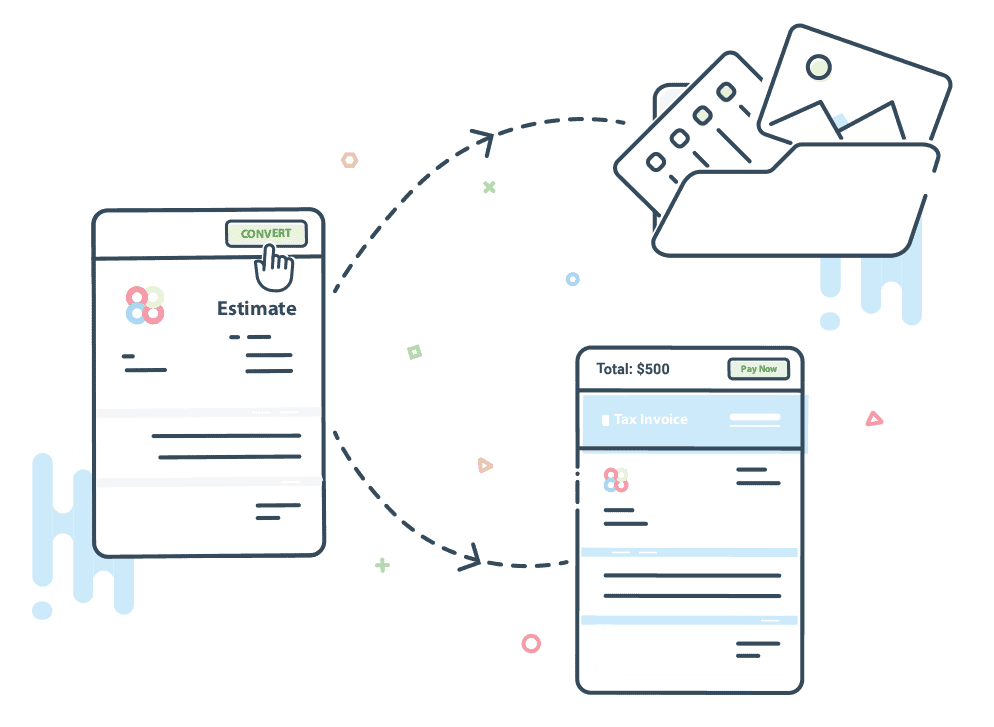
- Proposal created & templated: Includes scoped deliverables, timeline, and role assignments.
- Client review & approval: Sign-off captured inside Avaza’s client portal.
- Auto-convert to project: Proposal transforms into a project with task lists and budget mapping.
- PM tracking begins immediately: Team starts delivery inside the same workspace—time tracking, chat, files all connected.
- Visibility across stages: Clients and stakeholders can monitor progress through the same portal.
Measuring Proposal Success: Key Metrics and Benchmarks
How do you know if your proposals are truly “winning”? It’s important to track metrics on your proposal process and outcomes. Nowadays, organizations are more data-driven about sales and proposal success than ever. Here are the key metrics and latest benchmarks:Proposal Win Rate (Proposal-to-Close Ratio)
This metric tells you what percentage of your proposals result in a won deal. It’s calculated as (Number of won projects / Number of proposals submitted) × 100%. Win rate is essentially the conversion rate of proposals. According to one sales operations guide, general benchmarks across industries are roughly: 15-20% win rate = average, 20-30% = good, and 30%+ = excellent. In other words, if you close about 1 out of 5 proposals, you’re around average; 1 out of 3 is quite good; anything above that is world-class. Keep in mind this can vary by field, for example, high-volume transactional proposals might have lower rates, whereas carefully pre-qualified consulting engagements can have higher rates.Proposal volume and workload
Track how many proposals you submit per period to balance capacity and quality. More volume can raise total wins but may drop your percentage if you chase weak leads.Turnaround time (proposal cycle time)
Measure days from request/RFP to delivery. Faster responses can impress buyers; most teams now aim to reply within about 10 days.Cost per proposal
Estimate internal hours × salary rate to find the cost of producing each proposal. Use it to judge ROI on tools, headcount, and process improvements.Engagement metrics
Use software data (views, time on sections, pricing clicks) to see what clients actually read. Adjust content accordingly and follow up if there’s no activity.Proposal success by type or source
Break down your win rate or performance by different categories. You might discover, for instance, that your win rate on referrals is 50% while on cold opportunities it’s 10%. Or maybe proposals for service A win 30% of the time, but for service B only 15%. Such data can guide business strategy (maybe invest more in pursuing referrals, or analyze why service B proposals aren’t compelling and improve them).Client feedback and reasons for loss
Whenever possible, get qualitative feedback on lost proposals. Many organizations record the “reason for loss” e.g., price too high, scope not clear, client went with incumbent, etc. Understanding why you win or lose helps you refine future proposals. If price is often an issue, you might need to better communicate value or adjust your pricing strategy. If an incumbent beats you, perhaps emphasize your unique approach more. Some top performers even incorporate win/loss analysis meetings as part of their continuous improvement.Conversion rate of proposals in sales funnel
Track how many leads reach the proposal stage and how many proposals close. This shows whether to focus on better qualification, better proposals, or both.What Causes Proposals To Get Rejected?
Proposal rejections don’t always stem from bad ideas. They often come from avoidable breakdowns in clarity, relevance, or structure. Most proposal project proposal failures follow five core patterns.- Vague Scope or Deliverables: Buyers can’t approve what they don’t understand. A lack of specificity triggers doubt and stalls decision-making.
- Price Without Justification: When pricing appears arbitrary or disconnected from business outcomes, trust breaks. Context is key.
- Poor Formatting or Inconsistency: Proposals that look misaligned, visually noisy, or unbranded are hard to take seriously (especially in competitive bids).
- No Clear Next Step: A missing or passive CTA leaves the buyer uncertain. Every proposal needs a defined action path.
- Misaligned Framing: When the proposal speaks more to your process than the client’s pain points, it loses persuasive power.
How Do I Know If My Proposal Is Client-Ready?
Before you send a proposal, pause and ask: Would I approve this if I were the client? Many proposals look “done” but fall short on clarity, structure, or call-to-action friction. Use this client-ready checklist to ensure your proposal isn’t just complete, but also persuasive and professional.Client-Ready Proposal Checklist
| Question | ✅/❌ |
| Does the proposal open with a clear problem + solution framing? | |
| Are all deliverables explicitly defined and scoped? | |
| Is the pricing model transparent, with any assumptions noted? | |
| Does it use consistent branding (logo, fonts, layout)? | |
| Is there a clear next step (CTA) at the end? | |
| Has it been reviewed by both sales and delivery teams? | |
| Would a new reader understand it in under 5 minutes? | |
| Can the client approve it digitally without emailing back edits? | |
| If you can’t check all 8, your proposal might be sent, but not ready. |
How Do I Format a Proposal in Google Docs or Avaza?
Formatting a proposal can be the most time-consuming part especially if you’re doing it manually in tools like Google Docs. Headers shift, fonts break, logos misalign… and suddenly your “final draft” looks like a work in progress. That’s why many teams are moving to systemized proposal tools like Avaza, where formatting is templated, brand-controlled, and client-ready by default.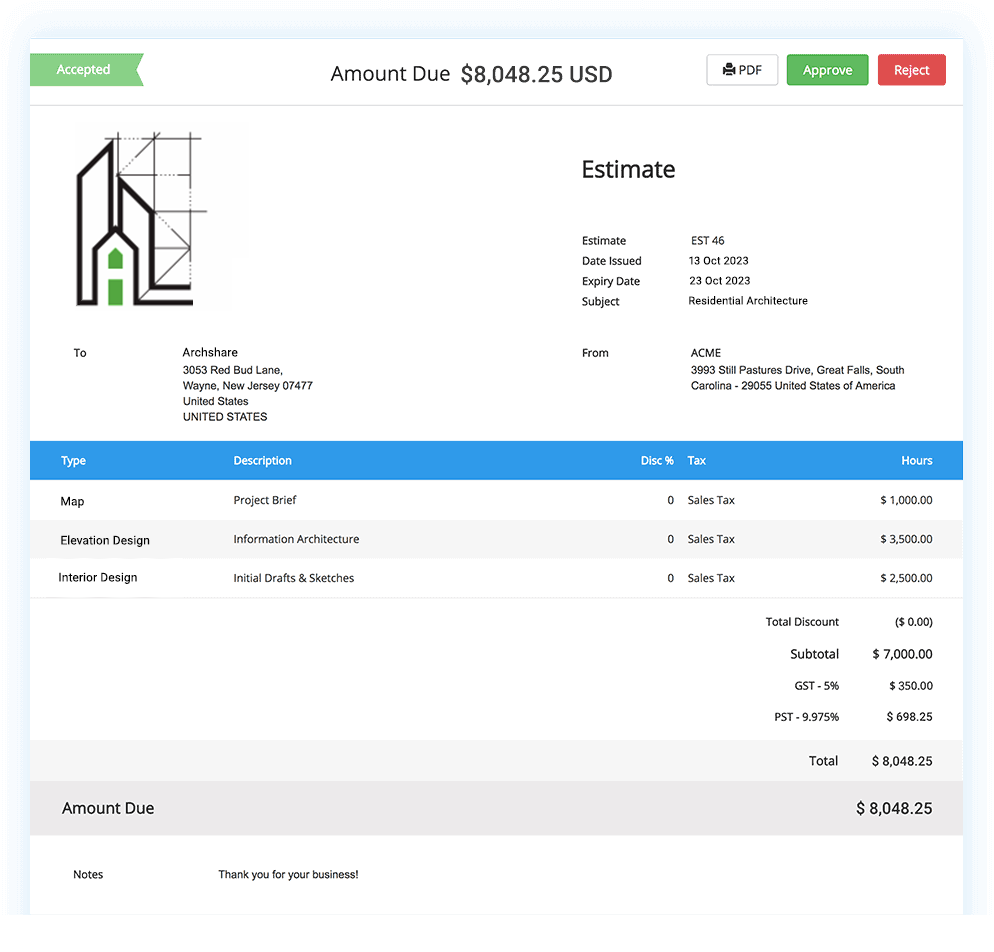
| Feature | Google Docs | Avaza |
| Brand Consistency | Manual styles, risk of drift | Locked branding, logo, and template themes |
| Section Templates | Copy-paste from past files | Pre-built, reusable blocks |
| Approval Workflow | Email back-and-forth | Client portal with approve/reject |
| PDF Export | Formatting may break | Pixel-perfect PDF or shareable online version |
| Reuse Across Clients | Manual duplication | Clone + customize in seconds |
| Proposal → Project Conversion | Requires manual retyping | 1-click conversion to project & invoice |
How Do I Templatize Proposals Across My Team?
As your team scales, consistency matters more than creativity. A proposal template isn’t just a layout, it’s a repeatable sales asset that builds trust, saves time, and aligns everyone on scope and pricing. 💡 In Avaza, teams can save proposals/estimates as reusable templates with preset sections and line‑item pricing, and clients can approve them online—so you skip the guesswork and move straight to execution.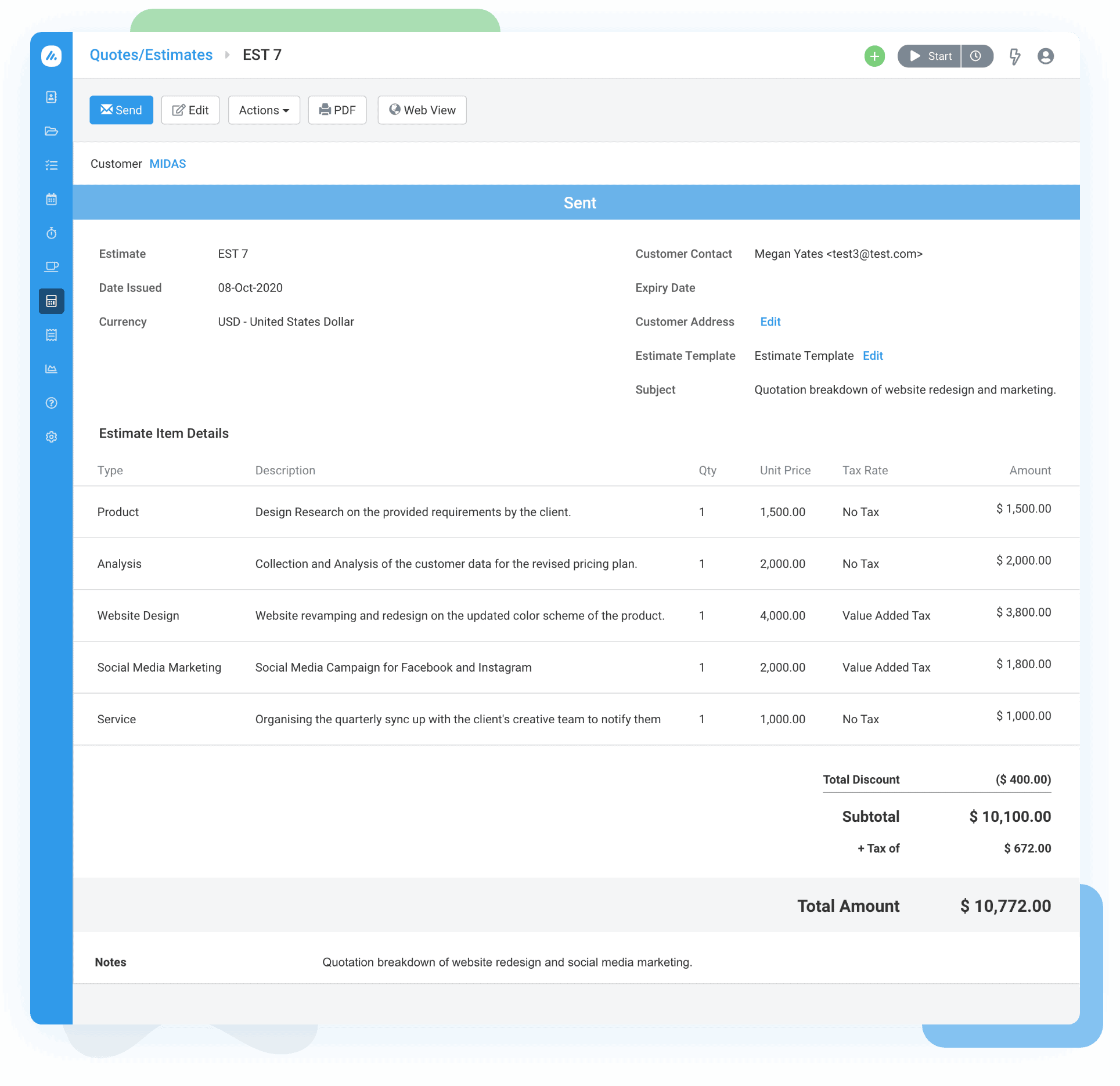
- Define your proposal components: Start with a checklist like intro, problem framing, solution, deliverables, timeline, pricing, CTA.
- Map ownership per section: Assign responsibility e.g., project lead fills timeline, sales lead sets pricing, and design lead ensures branding.
- Create a dynamic template in your proposal tool: Use Avaza to add placeholders (e.g., {{ClientName}}, {{ProjectScope}}) and locked formatting for brand consistency.
- Store multiple versions by use case: Create variants for service types (e.g., SEO, product dev, audits), so reps can select the right format instantly.
- Establish a review & approval protocol: Use version tracking and internal comments to finalize quickly. Then save as the updated team template.
FAQs
Who is responsible for writing proposals?
The responsibility for writing project proposals depends on your team’s structure and scale. In solo operations, it’s typically the founder or consultant. In growing teams, it shifts to client services, account managers, or proposal specialists. Regardless of role, the goal is to communicate scope, value, and delivery plan clearly and align internal teams before the client ever signs.What’s the difference between a proposal and a scope of work?
While often confused or used interchangeably, a project proposal and a scope of work (SOW) serve different but complementary functions in client projects.- The proposal is a persuasive, high-level document designed to win work by outlining the “why,” “what,” and “how.”
- The scope of work is a detailed operational contract that locks in deliverables, timelines, responsibilities, and technical specs.
